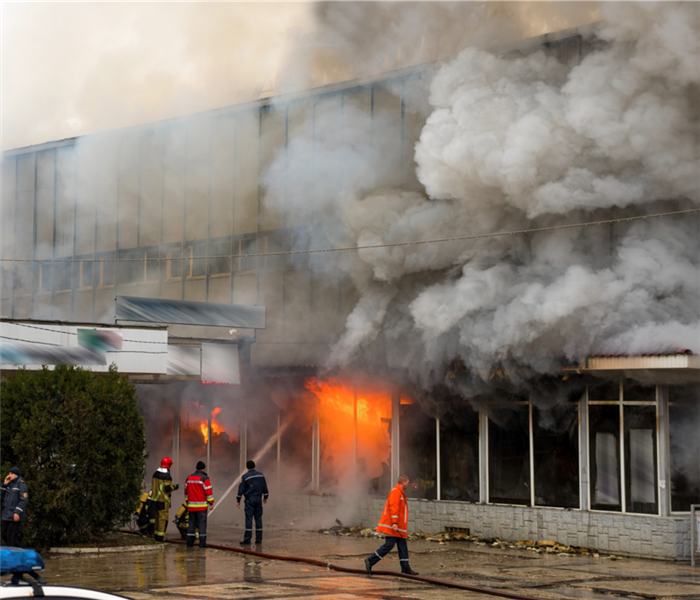How To Know if Belongings Should Be Restored or Replaced
2/19/2021 (Permalink)
How To Know if Belongings Should Be Restored or Replaced
If your business in Doylestown, PA, has suffered from water or fire damage, you may be struggling to figure out what items should be replaced and what items should be restored. It can be difficult to figure out which option will be more cost-effective. SERVPRO's pretesting methods can help determine what can be restored to keep your insurance claim as low as possible.
Restoration
This water and fire restoration service can repair many different types of items, including:
- Upholstered furniture
- Photos and documents
- Fabric
- Electronics
- Carpet and rugs
They are able to clean soot off of surfaces, sanitize items, freeze-dry documents, prevent mold growth, and more.
Pretests
Insurance companies tend to prefer restoring items as opposed to replacing them. SERVPRO performs pretesting on items before attempting to restore them. This testing allows them to determine if an item can be restored before spending any time or money on efforts to restore the item. If they are able to restore an item, they will. If an item cannot be restored, they will recommend replacing it instead.
Insurance
Restoring belongings is generally less expensive than replacing them. SERVPRO of Doylestown, PA, saves you money by repairing as many items as possible, so you don't have to replace them. Testing belongings before restoring them also allows you to create a more accurate list of the costs associated with damages for your insurance agent. It also lowers your insurance claim by avoiding unnecessary restoration costs.
If your belongings have been damaged by water or fire, a restoration service that pretests damaged items can help. Pretesting is an important part of the restoration process. It allows the restoration service to determine what belongings can be restored before attempting to repair anything. This maximizes the number of items that are restored and minimizes costs associated with replacing items and unnecessary restoration attempts. Keeping those costs down lowers your insurance claim.





 24/7 Emergency Service
24/7 Emergency Service
